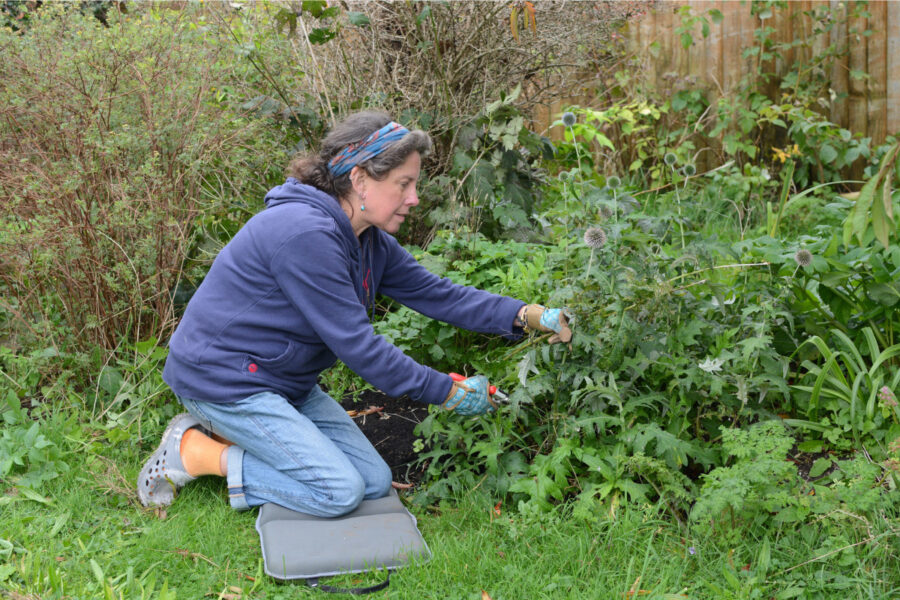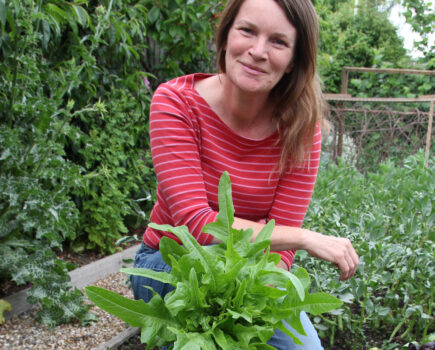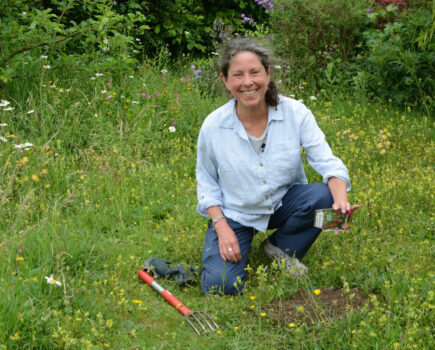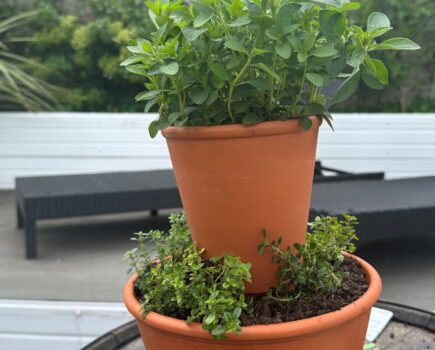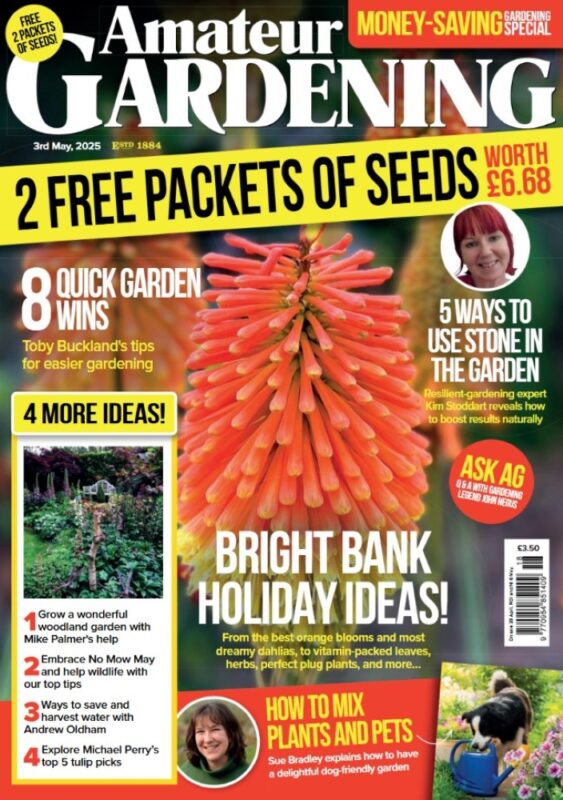Pot up cuttings and tidy your scruffiest perennials
The strange gardening year continued well into the autumn, when our delphinium decided to attempt a second, albeit meagre, flowering in late October.
I cut it back and fed it straight after it flowered in early summer, anticipating more colour in August. But Mother Nature had her own plans, and it reappeared two months later than expected – just as our ‘Totally Tangerine’ geum was also making a comeback.
By my reckoning, this plucky plant has been flowering non-stop for 12 months, and I feel exhausted just thinking about it.
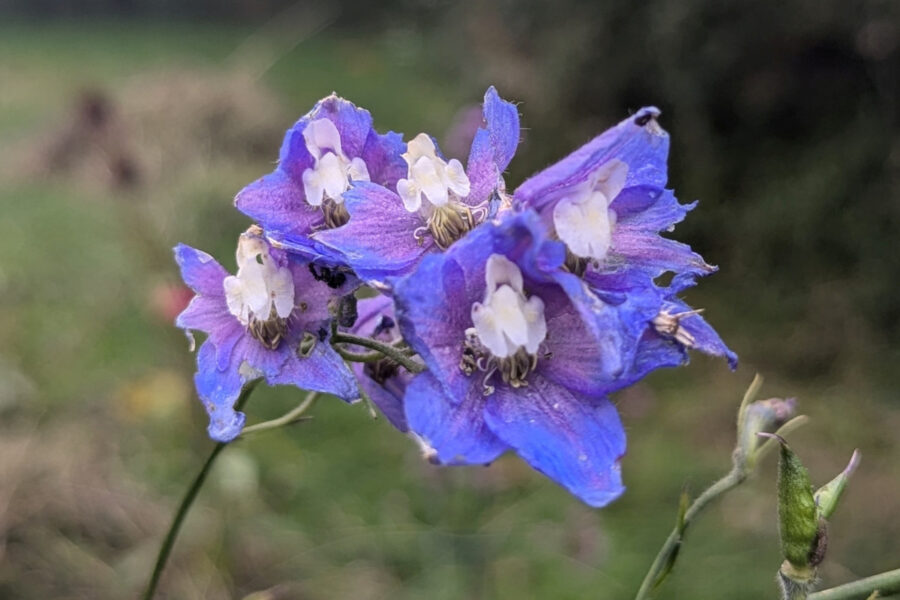
Despite the vagaries of the current climate, there are still traditional autumn jobs to be done and I have been cutting back the scraggiest of our perennials and, when the weather has been too wet to venture out, potting up this summer’s cuttings.
I haven’t taken back all the perennial stems and seedheads because I want the garden to retain some interest and structure for as long as possible as we head into the winter.
The dried stems of agapanthus, hydrangea, globe thistles and sea holly add height and shape to bare beds and also provide seeds for the birds and somewhere safe for overwintering insects to hide.
Early summer cuttings that have rooted successfully and started to grow can be potted up individually and overwintered in a greenhouse or on a cool light windowsill.
Use peat-free multipurpose compost, and keep it on the dry side to discourage fungus gnats. Next spring, start watering and feeding again and then harden off your young plants and add them to the garden when the frosts have finished.
Hellebore care
Cut back and mulch for flowers
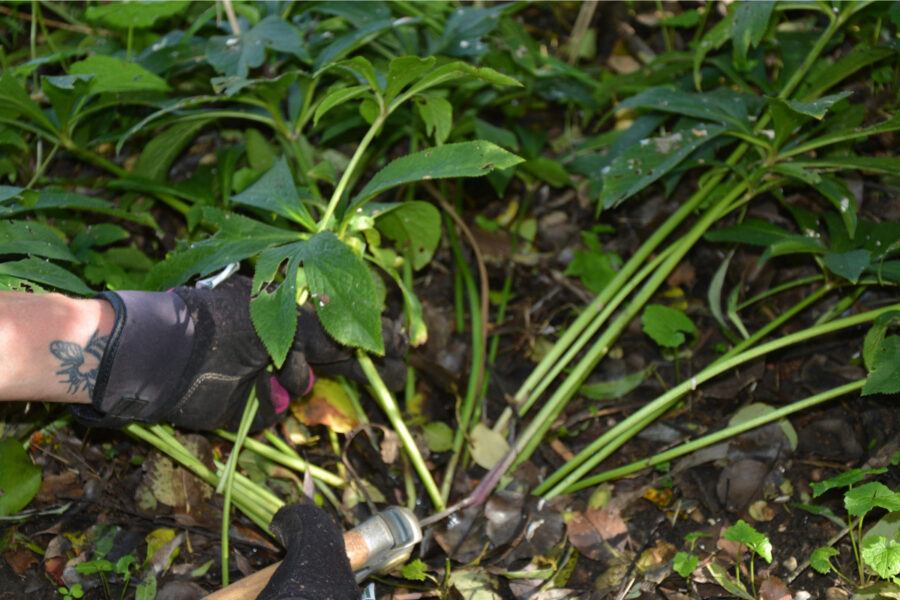
1. Hellebores are one of the first signs of rejuvenation in the winter garden and when their new leaves start pushing from the soil it’s time to remove their old tatty leaves to make room and remove the risk of diseases.
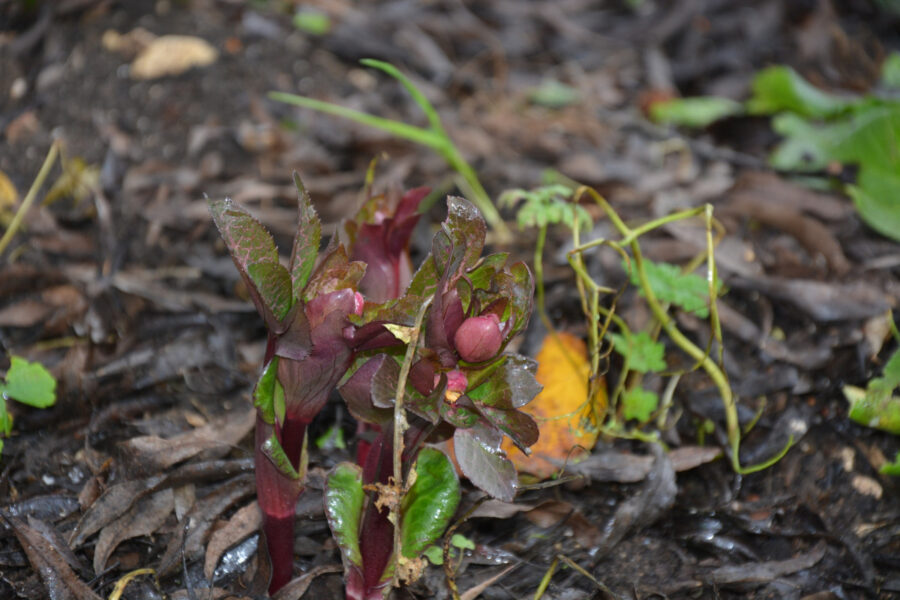
2. The buds often emerge before the leaves, so mulch around them to feed the soil and insulate their roots. Don’t worry if they droop after snow or hard frosts, they are sturdy plants and will soon resurrect.
Potting up this year’s penstemon cuttings
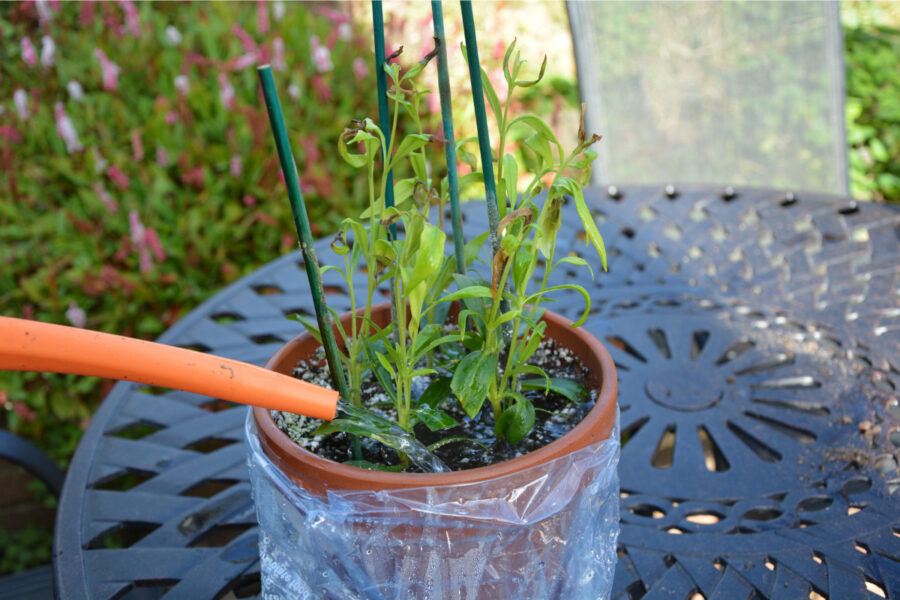
1. Water your cuttings so it is easier to slide them from their pot.
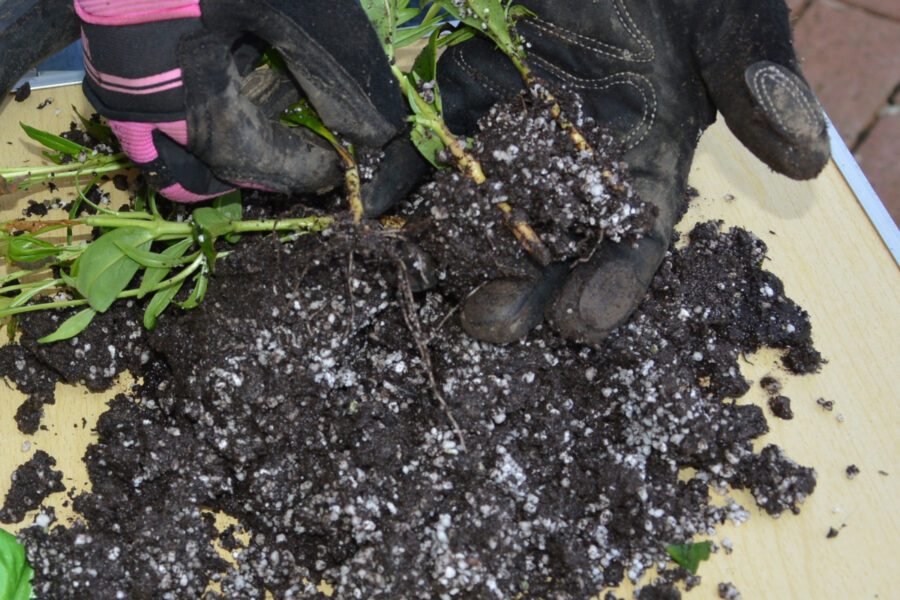
2. Carefully separate the cuttings, making sure the roots are healthy.
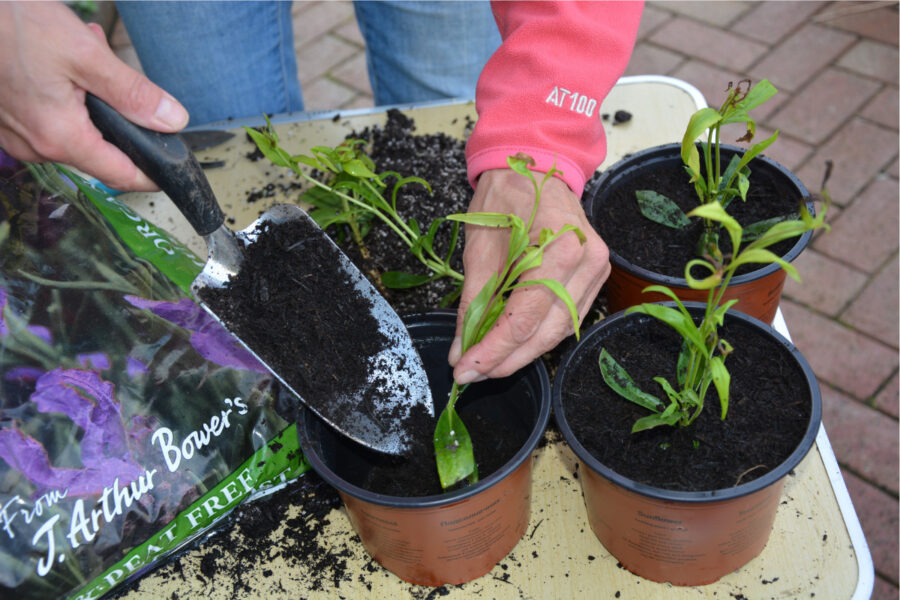
3. Pot up each cutting in a 7cm (3in) pot of multipurpose compost.
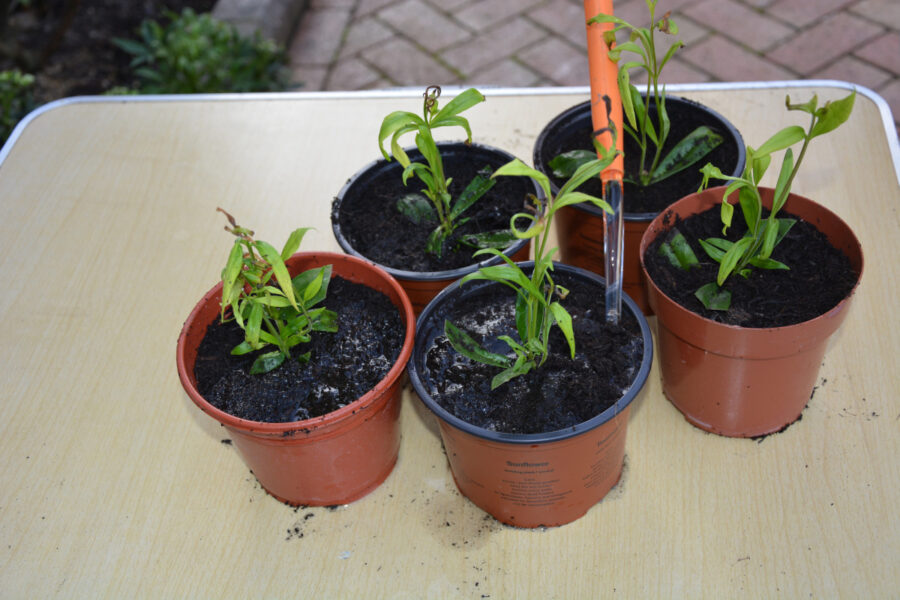
4. Water and then set the plants somewhere frost-free and light.
Find more tips, advice and articles like this at the Amateur Gardening website. Subscribe to Amateur Gardening magazine now

